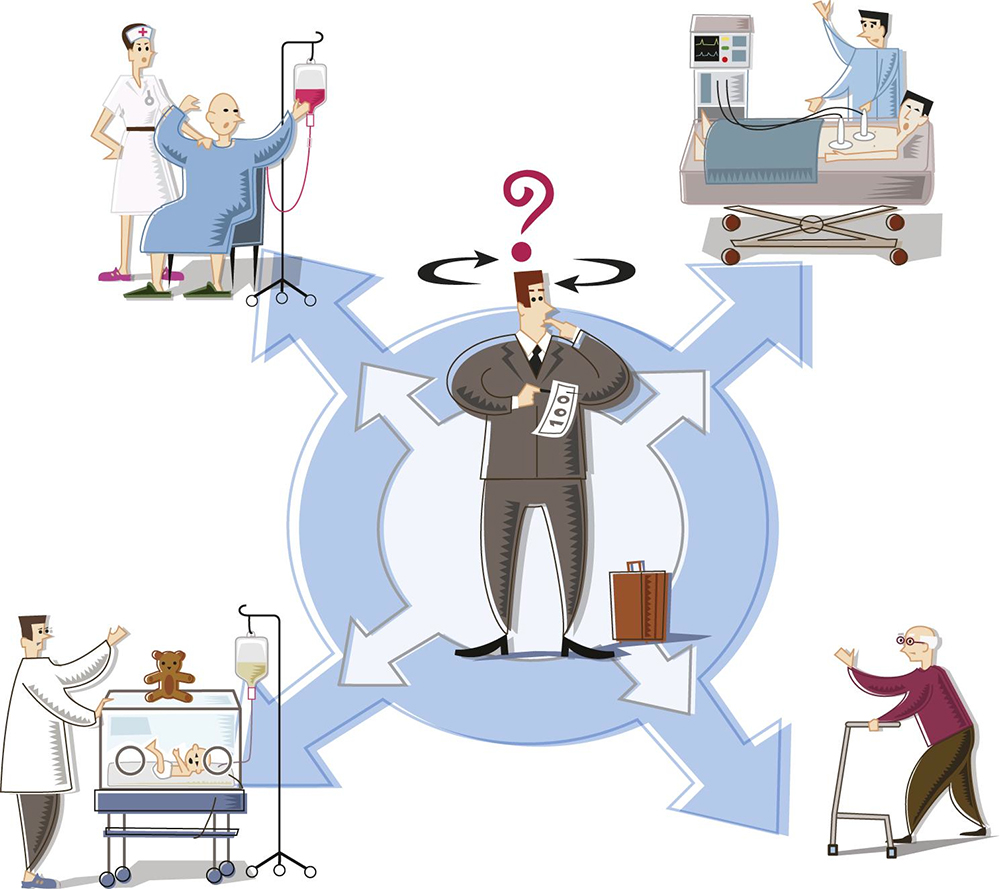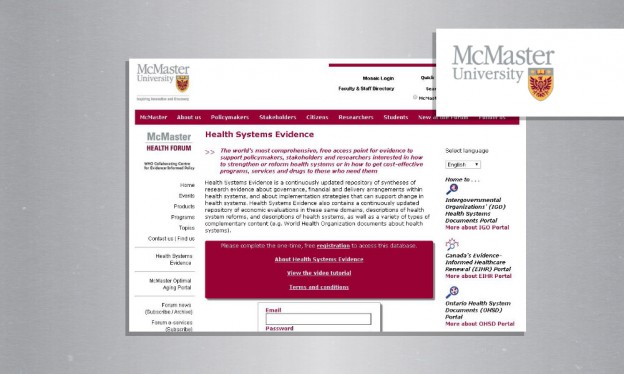Economic evaluations, why we need them and how to use them.
Posted on 14th November 2013 by Desiree van Oorschot

Because of the increase in health care costs and the limited available resource costs, economic evaluation becomes more important in daily practice. What do we have to know for an economic evaluation?
First of all, we have to assess what kind of economic evaluation we want to perform. Do we want to do a cost-minimization, a cost-effectiveness, cost-utility or cost-benefit analysis? The cost-minimization analysis can be used when you want to compare alternatives with the same health effect and different costs. Basically, you compare the costs to each other. The cost-benefit analysis is a more complex method and many people are very uncomfortable with it because of the use of monetary terms for health state values.
In most cases, when we are talking about an economic evaluation we want to assess the cost-effectiveness of an intervention. In a cost-effectiveness analysis we basically want to see the difference between two alternative interventions in costs and effects. The effects are given in for example; number of life years gained, survival, blood pressure, number of cases detected etc. When we change the effects into QALY’s we are talking about cost-utility analysis (CUA).
The QALY principle is widely used, you can compare all different disease groups. QALY’s are derived from the number of life years times the quality of life in these years. In economic evaluations, the cost- utility analysis you are calculating the costs per QALY. In formula this is:
If we have the following example:
The costs for treating a patient with intervention X are 50.000 dollars. Therefore you will have 10 years of survival with a utility of 0.6. Treating a patient with intervention Y costs 15.000 dollars, therefore you will have 6 years of survival with an utility of 0.4. Now we want to assess whether option X or Y is more ‘cost- effective’.
1. Calculate the QALY’s for X and Y.
QALY(X)= 0.6*10 = 6
QALY(Y)= 0.4*6 = 2.4
2. Fill in the formula:
= 8333 dollars are needed to gain 1 QALY more with intervention X compared with intervention Y.
Can we derive the cost- effectiveness of intervention X compared to intervention Y?
No, we can’t. We have to know the constant value of what is considered to be cost- effective, the willingness to pay (WTP). This is the amount that the society is willing to pay for 1 gained QALY, for example 20.000 dollars.
Now we can assess the cost-effectiveness. All outcomes of the cost-utility analysis under the WTP is considered to be cost-effective. In this example, intervention X is more cost-effective than intervention Y.
Taken it all together, for an economic evaluation we have to derive the costs per intervention, the effects given by this interventions and the willingness-to-pay to assess the cost-effectiveness.
Reference: [Economic Analysis in health care, third edition, Drummond]




No Comments on Economic evaluations, why we need them and how to use them.
hello. thanks for the post, I am from Tanzania but meanwhile I am doing masters in public health in UAN mexico and I was wondering if you can help me a bit more concerning CUA (cost utility analysis) for I have to prepare a presentation about it.
9th October 2018 at 12:41 pm